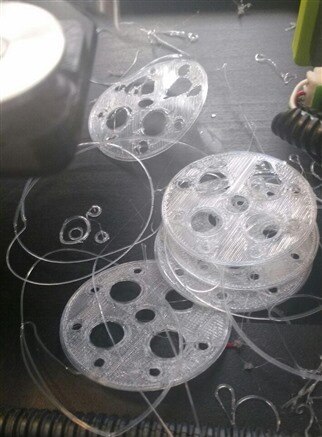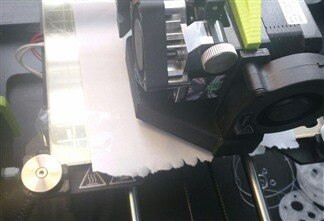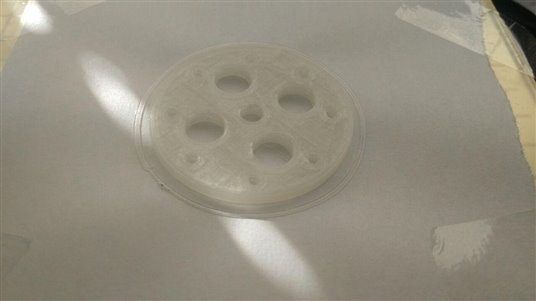I have successfully printed out many things using PLA, including one last night.
Today I tried to speed the production up and cloned my article several times but it was soon apparent the first layer had roughed up, the head caught and other layers failed until two of the clones came away completely....I stopped the print.
I cleaned the bed, trying several things like pure spirit and washing up detergent. Still the print failed to stick. Bed temperature was 60 degrees C. I tried to slow the initial layer down but again it failed to stick on the initial run leaving a trail that snagged and ruined the later layers.
At this point I had a read online and there were solutions and glue sticks suggested. Not wanting to wait I decided to try something different. I taped a piece of plain printer paper to the bed and it appears to have accepted the first layer very well: no snags and the pattern looks great.
My question for discussion is, what could go wrong with this approach and why is this not a more generally used technique?







